Photographs: Jumana El-Heloueh/Reuters Vanita Kohli-Khandekar in New Delhi
The Rs 300-crore (Rs 3 billion) Reliance Broadcast Network forayed into television about two years ago. Its five channels include Spark, a Punjabi channel mostly showing dubbed CBS shows; Big Magic, a general entertainment channel for the Hindi heartl#8743 and Big CBS Prime and Big CBS Love in English.
It will launch another Hindi action channel, Big RTL, soon. Why is one of India's largest radio companies building a TV portfolio that - on the face of it - doesn't make much sense?
"In two to three years, we will be a very strong regional player with a consolidated position at the top end. Both advertising as well as consumer logic of our portfolio is very strong," says Tarun Katial, CEO, Reliance Broadcast.
...
Reliance plans to be a strong TV player
Image: Reliance's channels include Big CBS Prime and Big CBS Love.Photographs: Danny Moloshok/Reuters
Katial should know. He built the group's radio brand, Big FM, from scratch to over Rs 200 crore (Rs 2 billion) in revenues in six years. The rest of RBNL's money comes from events and outdoor.
For now, the two-year old television broadcast business brings in about Rs 18 crore (Rs 180 million) or just over six per cent of topline. On viewership too, the network got a minuscule 0.11 per cent of national viewing time. So it is early days.
In the long run, the idea is to create a network of low-cost, focused offerings. Each should average between Rs 10-20 crore (Rs 100-200 million) on operating costs against anything upwards of Rs 50-100 crore (Rs 500 million-1 billion) for most TV channels. Each of them should hit Rs 80-100 crore (Rs 800 million-1 billion) in revenues, estimates the company.
...
Reliance plans to be a strong TV player
Image: One third of 146 million TV homes are digital in India.Photographs: Alexandra Beier/Reuters
"These channels came from our research into advertiser, viewer and platform need gaps," says Asheesh Chatterjee, chief financial officer, Reliance Broadcast. Based on these, it has identified two clusters - luxury goods and small-town India - where channels could be profitably targeted.
The first is fairly straightforward, with CBS coming in as an equal partner in a joint venture. The English channels the JV offers attract semi-luxury and luxury goods advertisers such as L'Oreal and Titan.
It comes at a good time. Already one third of India's 146 million TV homes are digital, a number that is rising rapidly.
Across the board digital homes are bigger consumers of English and lifestyle oriented entertainment, says TAM data. So this part of the strategy is very with it.
...
Reliance plans to be a strong TV player
Image: Rs 33,000 crore Indian market is highly competitive.Photographs: Guang Niu/Reuters
It is the second part that will really test RBNL's mettle in the highly competitive Rs 33,000 crore (Rs 330 billion) Indian television industry. The idea in cluster two is to create a set of channels that rides the consumer boom in tier two- and tier three-India.
Last year, RBNL launched Big Magic, a Hindi 'variety entertainment' channel as the company puts it. Earlier this year it launched Spark Punjabi that reaches out to audiences in Punjab, Haryana, Chandigarh and Himachal Pradesh with dubbed international shows such as the Jerry Springer Show, Hawaii 5-0 and America's Next Top Model.
...
Reliance plans to be a strong TV player
Image: The programming is made in-house to keep costs down.Photographs: Jason Reed/Reuters
Later this year, it will launch its second channel in the Hindi belt and there is talk of more. According to the company, Hindi-speaking markets contribute more than 65 per cent of the total advertising spends on TV, print, outdoor et al.
On the cost side, each of these channels fall within the Rs 10-20 crore (Rs 100-200 million) criteria. This is because a bulk of the programming is dubbed reruns from CBS, some common shows on movies, music and three-four hours of original local programming.
The programming is made in-house to keep costs down. And since there isn't enough media in these markets, there is no carriage fee.
...
Reliance plans to be a strong TV player
Image: Cross-selling has proved to be difficult, if not impossible.Photographs: Wilson Chu/Reuters
On the revenue side, the idea is to go into markets where RBNL is already strong with local advertisers thanks to its 45 radio stations. The same team of 250 people then sells these local TV channels to the advertiser.
"There is an overlap between the radio network and a local TV network, so cross-selling is easier. This could increase our wallet share of advertisers by 10-15 per cent," says Katial.
Hindustan Unilever, Nestle, Pepsi and Godrej are among some of the advertisers on this set of channels.
Across the media industry, cross-selling has proved to be difficult, if not impossible. Why try it? "Radio and TV are complimentary; you can build a brand in them together. Plus there are the content synergies," argues Katial.
...
Reliance plans to be a strong TV player
Image: Strategy is to sell the same channels internationally.Photographs: Eric Gaillard/Reuters
A third part of the RBNL strategy is selling the same channels internationally. So it has taken Big CBS to Sri Lanka and Big Magic to Canada. It is planning to expand to regions with a sizeable south Asian population.
On the face of it, the tier two and three push makes sense because both product consumption and media penetration is growing the fastest in say Kanpur or Bilaspur.
"We believe there is three times growth potential in the tier two and three Hindi-speaking markets," says Chatterjee.
...
Reliance plans to be a strong TV player
Image: But the competition from broadcast biggies could get serious.Photographs: Eric Gaillard/Reuters
But the competition from broadcast biggies could get serious. Star has already stated its intention of getting into other segments of the Hindi business. Life OK and Movies OK are the first of its offerings there.
RBNL declined to comment on its competitors. It is obviously busy building its network.

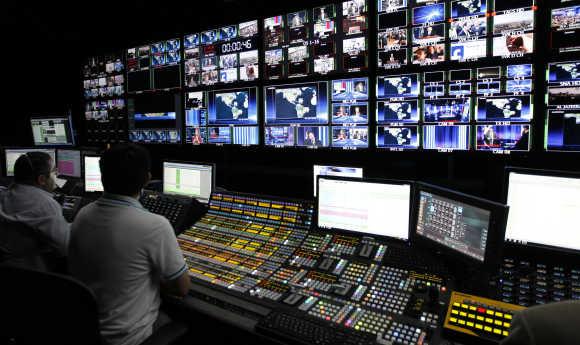
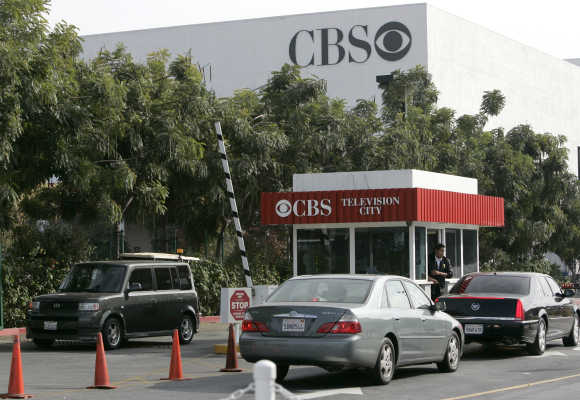
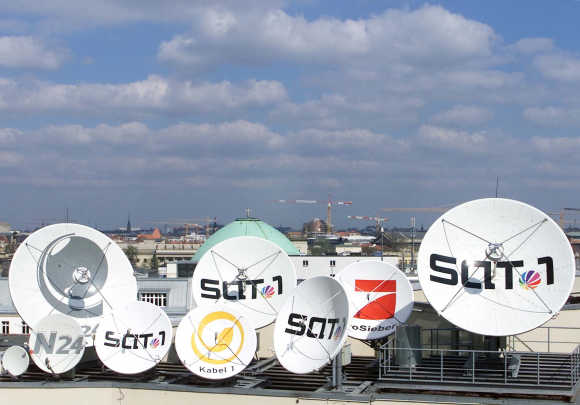
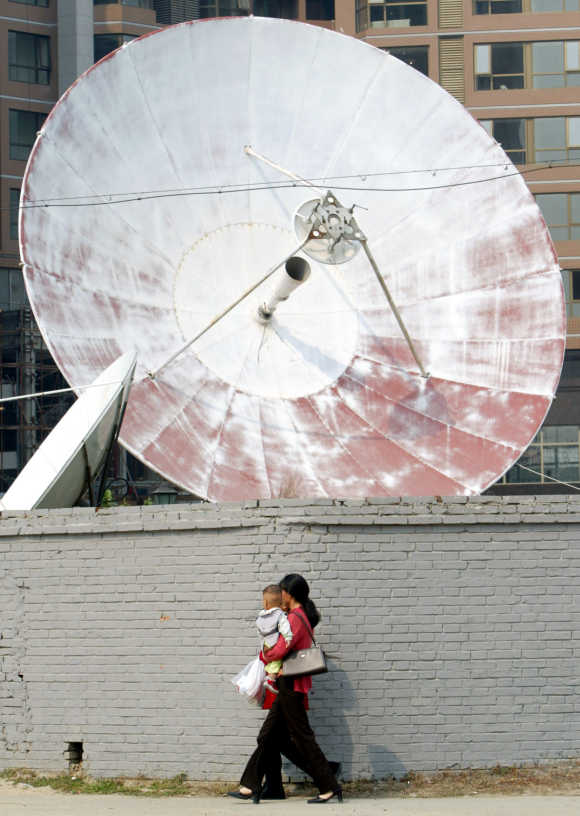
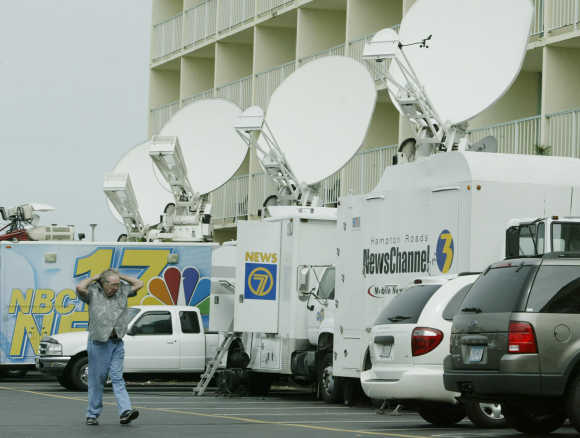


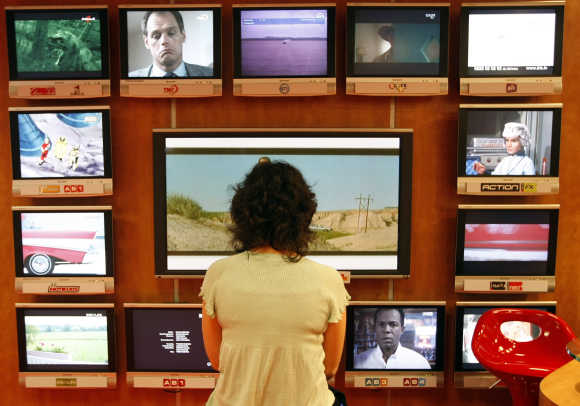

article